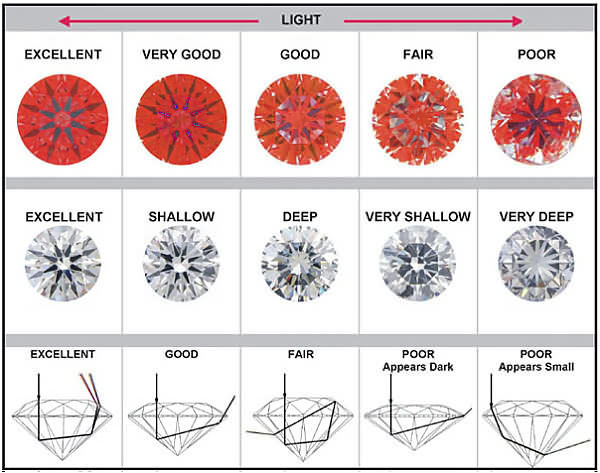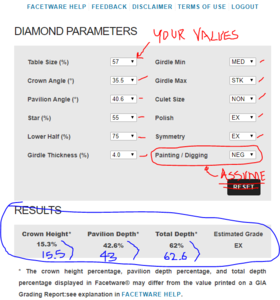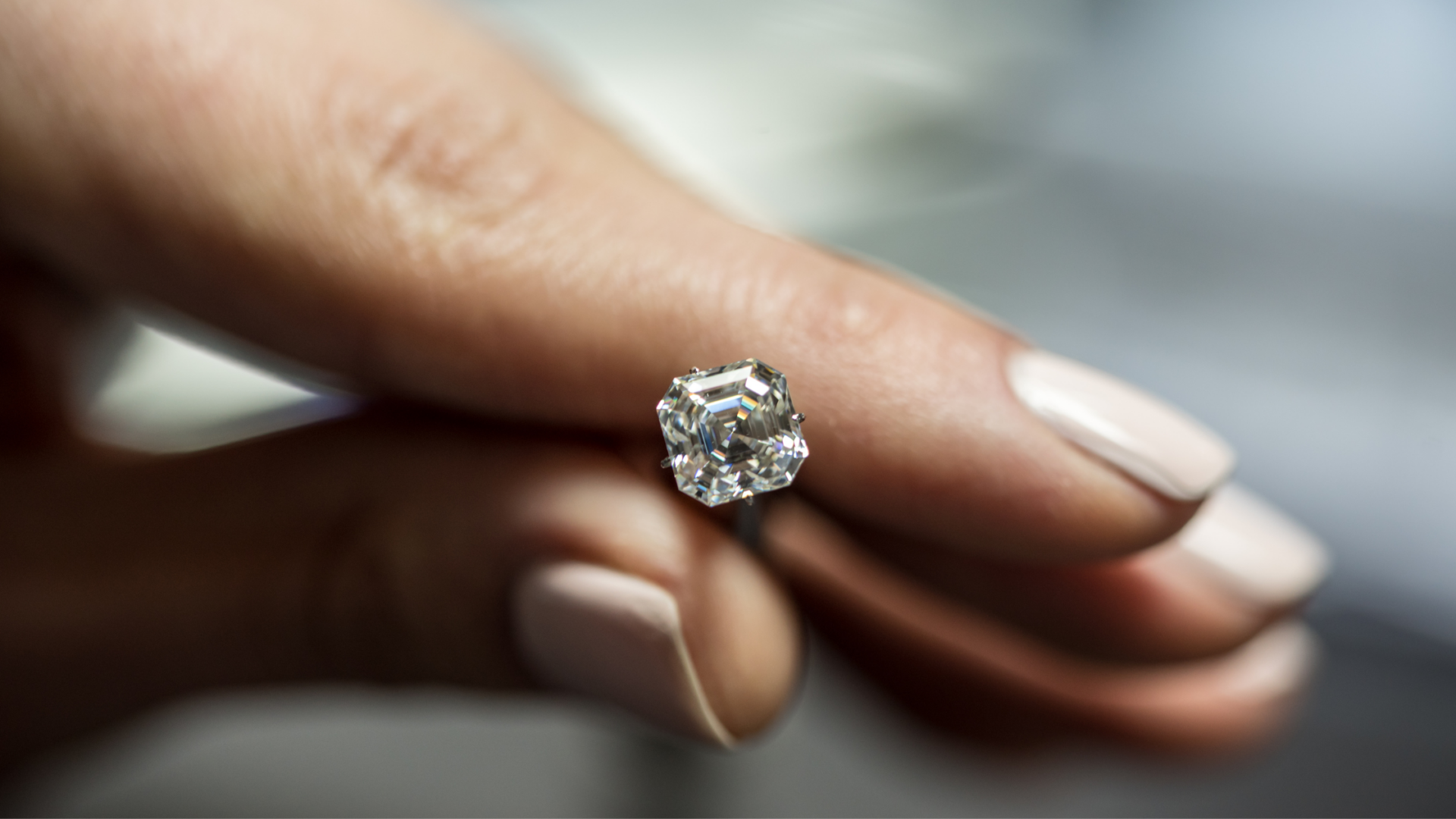I am a newbie and have been reading the guidance on ideal proportions.
I am interested in 2 diamonds for ring. Appreciate your opinions and suggestions on how to choose a better diamond.
Would you put more weight on CA/PA or a better HCA score (1-2)?
Btw, the 2nd one is a little bigger seems a better deal but I don't know if the CA 35.5/PA 40.6 will work, plus the Depth is a little out of the range too.
Thank you!!
1.
Seems to have good proportions, with a HCA score of 0.7
Depth 61.5%
Table 56%
Crown angle 34.5 degree
Crown height 15%
Pavilion angle 40.6 degree
Pavilion Depth 42.5%
Star length 50%
Lower Half 75%
Girdle MST 4%
Cutlet None
2.
Proportions do not seem as good, but HCA score of 1.5 seems better
Depth 62.6%
Table 57%
Crown angle 35.5 degree
Crown height 15.5%
Pavilion angle 40.6 degree
Pavilion Depth 43%
Star length 55%
Lower Half 75%
Girdle MST 4%
Cutlet None
I am interested in 2 diamonds for ring. Appreciate your opinions and suggestions on how to choose a better diamond.
Would you put more weight on CA/PA or a better HCA score (1-2)?
Btw, the 2nd one is a little bigger seems a better deal but I don't know if the CA 35.5/PA 40.6 will work, plus the Depth is a little out of the range too.
Thank you!!
1.
Seems to have good proportions, with a HCA score of 0.7
Depth 61.5%
Table 56%
Crown angle 34.5 degree
Crown height 15%
Pavilion angle 40.6 degree
Pavilion Depth 42.5%
Star length 50%
Lower Half 75%
Girdle MST 4%
Cutlet None
2.
Proportions do not seem as good, but HCA score of 1.5 seems better
Depth 62.6%
Table 57%
Crown angle 35.5 degree
Crown height 15.5%
Pavilion angle 40.6 degree
Pavilion Depth 43%
Star length 55%
Lower Half 75%
Girdle MST 4%
Cutlet None







300x240.png)